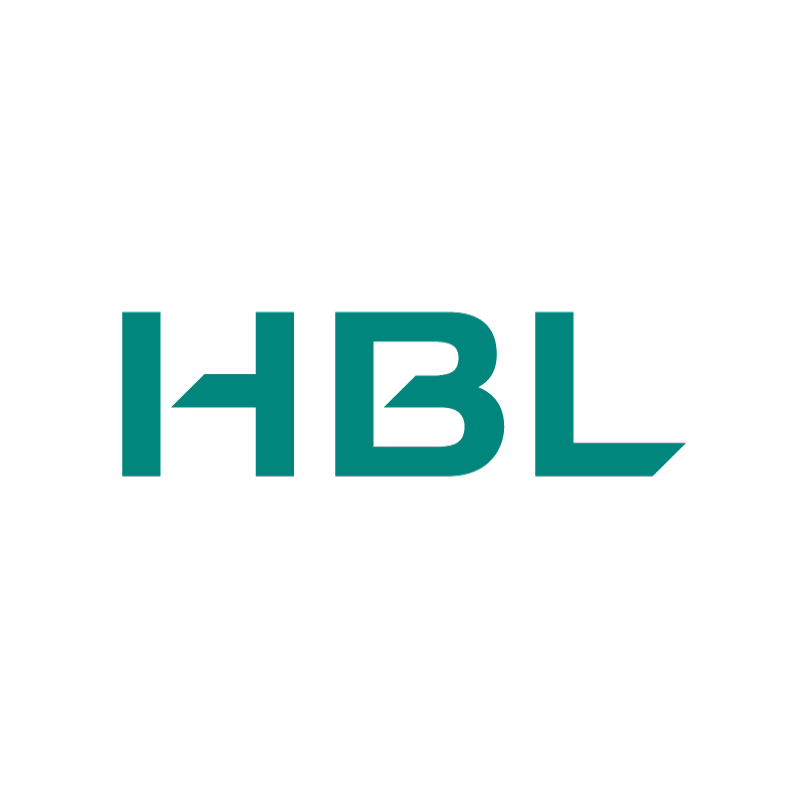Habib Bank Limited (HBL) has reported its earnings for the third quarter of 2024, with a profit after tax of Rs14.2 billion. This translates into earnings per share (EPS) of Rs9.85, falling below market expectations of Rs10.99 per share. Despite the disappointing earnings, the bank’s dividend payout of Rs4 per share aligned with market forecasts.
The bank’s profit after tax (PAT) represents a 14.75% decline compared to the same period last year, where HBL recorded a PAT of Rs16.63 billion (EPS: Rs11.34). The primary driver of this year-over-year (YoY) drop in profitability was a sharp increase in credit loss allowances and write-offs, which soared to Rs8.93 billion during the quarter, compared to just Rs1.43 billion in the same period last year.
Key Financial Metrics:
- Net Interest Income: HBL’s net interest income (NII) for Q3 CY24 stood at Rs63.72 billion, reflecting a slight decline of 1.95% compared to the same period last year (SPLY). Despite this drop, the bank’s earnings were supported by a significant increase in non-markup income.
- Non-Markup Income: Non-markup income surged by 62.54% YoY, reaching Rs21.18 billion in Q3 CY24. This rise can be attributed to expanded economic activity and an increasing customer base, which helped offset the decline in net interest income.
- Non-Markup Expenses: On the expense side, HBL saw a 7.62% YoY increase in total non-markup expenses, which amounted to Rs48 billion. The rise in expenses is largely due to an uptick in the bank’s operating expenses, indicating higher costs incurred in operations and expansion.
- Taxation: HBL paid Rs13.83 billion in taxes during Q3 CY24, which is 10.12% lower than the Rs15.38 billion paid in the same period last year. The reduction in taxes helped partially cushion the profit decline.
Conclusion:
HBL’s Q3 2024 performance reflects the challenges posed by rising credit loss allowances and increased operational costs. While non-markup income showed a strong uptick, these gains were overshadowed by growing expenses and a sharp rise in credit losses. As the economic environment continues to evolve, the bank’s future performance will largely depend on managing its cost structure and controlling credit risks.


















